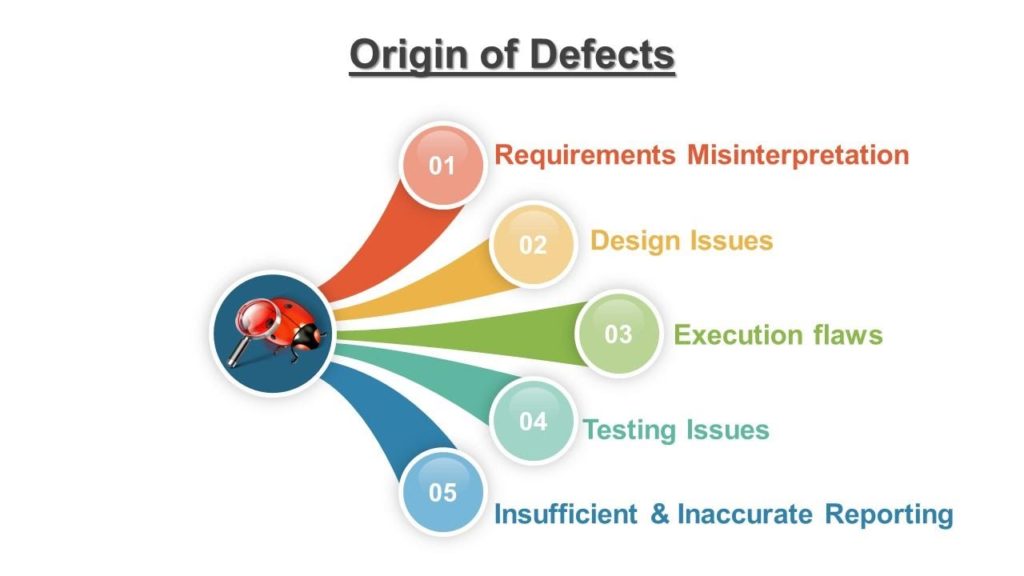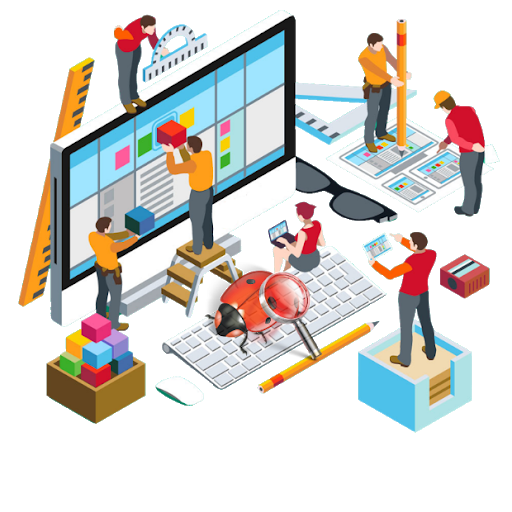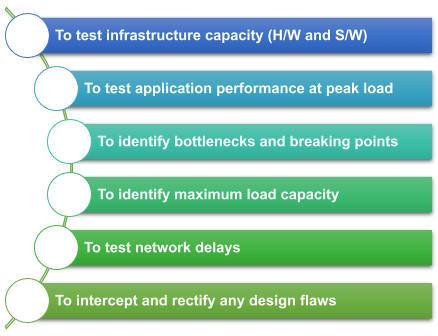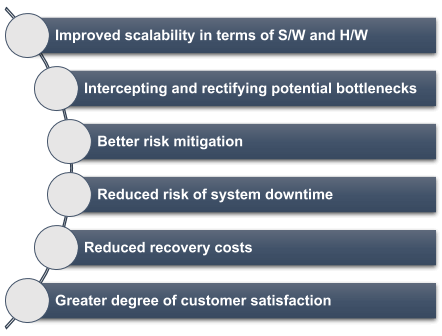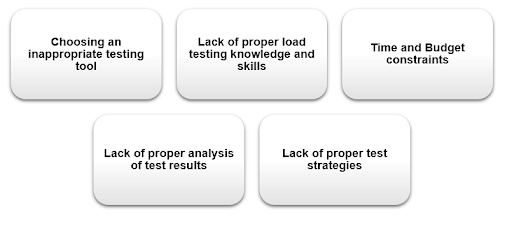In today’s competitive world, the customers look forward to the latest releases of software with new and improved features incorporated. The organizations strive to deliver the best to their customers in the shortest possible time. This is only possible when there is a process in place to incorporate changes on an ongoing basis.
DevOps is a practice of continuously integrating and deploying the code changes in short cycles in order to facilitate faster builds and release versions. This gives rise to the need for Continuous Testing to validate all the changes implemented.
DevOps is a term formed from two concepts – Development and Operations. It is not just a term. It is an ideology that encompasses various concepts and development practices which are prevalent in Software development world. The concept of agile development was introduced in the 1990s. With changes in development approach, the testing approach needed a shift too, in order to align with the changes. Testing process also evolved to be in sync with the entire software development ecosystem. You can read our blog on “Evolution of software testing” for a quick overview of this evolution process.
Continuous Regression or Continuous Testing plays a key role in CI/CD tool chain. Infact, we have written a detailed analysis on how Webomates CQ effortlessly adds Continuous Testing to any system. Click here to read more about it. In this particular article, we will talk about DevOps and Agile methodology.
DevOps (CI/CD)
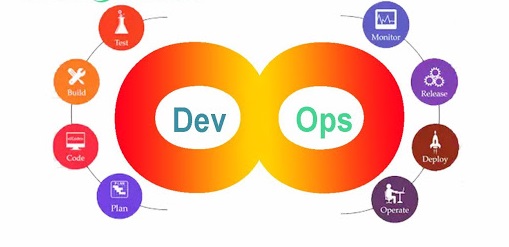
Definition: DevOps is a religion, a culture, a set of good practices, usage of right frameworks and tools which enable us to achieve Continuous Integration and Deployment. The objective is to strive towards 100% automation between code check-in and bug-free Deployment on production.
Description: Broadly there are following stages in CI/CD: Build-Code Review-Deploy-Test (where last two, ‘Deploy’ and ‘Test’ are repeated for several environments like test, pre-production, production, etc.). As a part of CI/CD as soon as the code is checked in by the developer, It’s automatically picked up for build and code review.
The successful build is then deployed on a test environment followed by running a suite of automated tests. Based on the quality gates (e.g. zero Priority 1 issues, two Priority 2 issues), the build is then deployed on the next environment, say pre-production and henceforth. The result of each step is generally mailed to the relevant stakeholder for information/action.
Tools: The most commonly used tools for CI/CD framework are Jenkins, TeamCity, and Bamboo. Common tools that one must be aware of are Jenkins, GIT, Ant, Maven, SonarQube, Ansible, Check, Puppet, Docker, Kubernetes, etc. Read for more Information : Agile vs DevOps
While DevOps and Agile go hand in hand, it’s imperative for the organization to understand the importance of each of these methodologies independently and based on their eco-system and need one should emphasize the desired area appropriately.
Various organizations are moving towards ‘Agile DevOps’, where Agile and DevOps enable people, processes and technology working together to meet business goals. In addition to select a validation method to add Continuous Testing to the CI/CD toolchain click here for a demo of the Webomates CQ platform.








